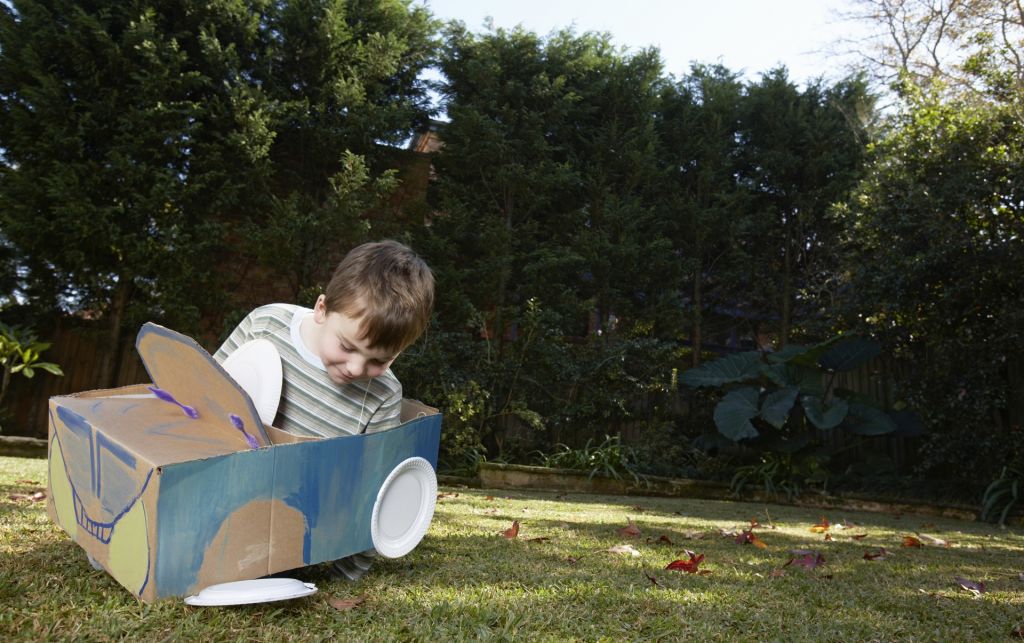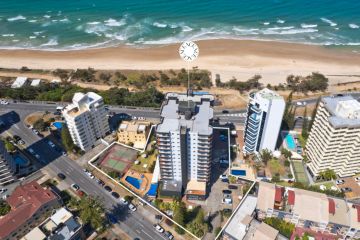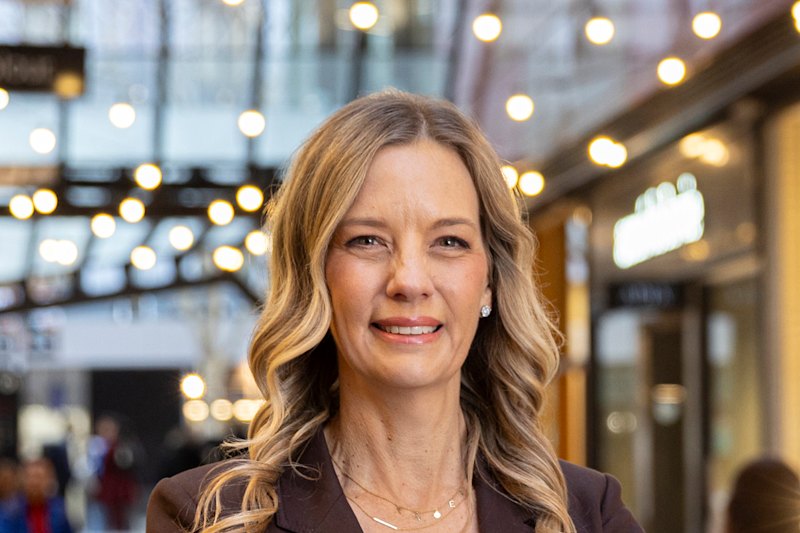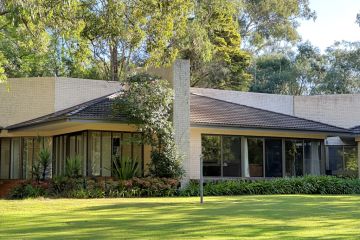Buying the best or worst house on a block

Best street, worst house
Presumably, while the house you’re buying is in effect a dump, the fact that it’s on the best street means that once you’ve renovated, it will be worth considerably more and hence be an excellent investment. Let’s look at that.
- Why is it the worst house? Have experts check it out to see whether it’s architecturally sound and capable of the renovations you’re planning.
- Any improvements you make need to be cost-effective, so take care you don’t overcapitalise.
- Understand your time frame: could you live with it as is and renovate over a number of years?
- Can you live in it while the renovations are happening?
If the house is an investment purchase, remember that every week without a tenant is one week without income, so the time spent renovating is costing you twice over.
Best house, worst street
This is possibly one you should walk away from, unless, like Darryl Kerrigan’s ‘castle’, it’s your dream home and you plan to live there for the rest of your life.
Ask yourself why it’s the worst street? If it’s next to factories, an electricity substation or – like Darryl’s house – under a flight path, it’s unlikely to improve in value over time. A neighbourhood that you feel unsafe in is an immediate turn-off, but that can change. Just look at some of Australia’s inner-city suburbs!
What’s the middle ground?
Look into houses you like in a neighbouring street. It might not have water views or 100-year-old trees, but it shares the same air, the same schools, the same shops and parks. Better still, it’s unlikely to wear the same price tag, which means you can spend your money on something other than the mortgage repayments.
The best location for you might in fact be in a suburb without views or water but close to your work, meaning you spend less time every day commuting and more time enjoying your home and family life.
There’s really no right answer. What’s best and what’s worst comes down to what’s important to you and how you feel about the house, the street, or future capital appreciation.
We recommend
We thought you might like
States
Capital Cities
Capital Cities - Rentals
Popular Areas
Allhomes
More







